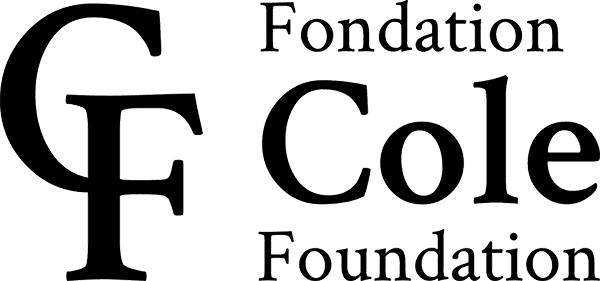Flowers play an important role in the creative process behind Floreus. What led you to make them fully-fledged dance partners?
When I was young and still trapped in stereotypes of masculinity, I didn’t like flowers. I associated them with femininity and it bothered me when I was given some. I started to take an interest in them during the pandemic. Nature in a broad sense was my saviour. I surrounded myself with flowers, took photos of them, and learned techniques for making bouquets. I also discovered the work of Zachari Logan, a Canadian visual artist renowned among other things for his drawings representing flowers. Some of the flowers he draws grow at the periphery of gardens, in cracks in the asphalt, alluding to the marginality of queer identity, which is my identity now and that of several other artists in Floreus. He even combines the human body and flowers in some of his works.
The premise of my piece came from a residency at the Peabody Essex Museum in Salem where our work revolved around his exhibition Remembrance. Most of the movements were created based on improvisations around his works. We were particularly inspired by 49 Flowers. These are 49 very delicate drawings of various flowers, in soft red pencil, made in tribute to the victims of the 2016 shooting at Pulse night club in Orlando which targeted the LGBTQ+ community. These drawings led us to find different body paths.
We also had the chance to do a residency at Reford Gardens where we saw to what extent textures and scents awaken the sensoriality in each and every one of us. On that occasion, we emphasized the exploration of ecosomatic practices that advocate the de-hierarchization of the living and non-living. We sought to create a relationship of equals with the flowers, to develop a very profound relationship with them, in which we give and receive without instrumentality.
How do you view the egalitarian relationship with the cut flowers in Floreus ?
We’re aware that it’s not really egalitarian. This encourages us to be even kinder to these flowers, which in a sense we are accompanying toward death. A relationship is established by tending to their beauty and their decay. We keep all of them from one performance to the next, although we may add new ones. We accept their condition, whatever it may be. As much as possible, to minimize the environmental impact, we work with seasonal flowers or flowers that have been discarded, as we saw in the maintenance process at Reford Gardens. It’s a way of trying to consider the potential impact of our actions and behaviours and of showing more respect for everything around us.
How do you deal with the fact that you’re presenting a work with erotic overtones in a religious site?
Politically, it’s very powerful to find another way of occupying this type of site from which marginalized communities like ours have been excluded. We respect the history and spiritual mission of the site while also inscribing our queer bodies there in a proud, sensitive manner.
It should also be said that we’re trying to commune with everything around us, not just with the flowers. Notably, we contrast tenderness and sensuality with sexual codes of violence by interacting with non-living elements such as marble. The hardness of this material dictates what is possible for the body. It can also reflect the difficulty of being queer in a world that’s still too rigid in terms of tolerance and accepting differences. What I have in mind is allowing tenderness to enter the public space. Beyond deconstructing gay stereotypes, Floreus open up a vision of positive sexuality for everyone. This strikes me as beneficial at a time when pornography, which is hyper-present online, is trying to normalize violence in sexual relations.










